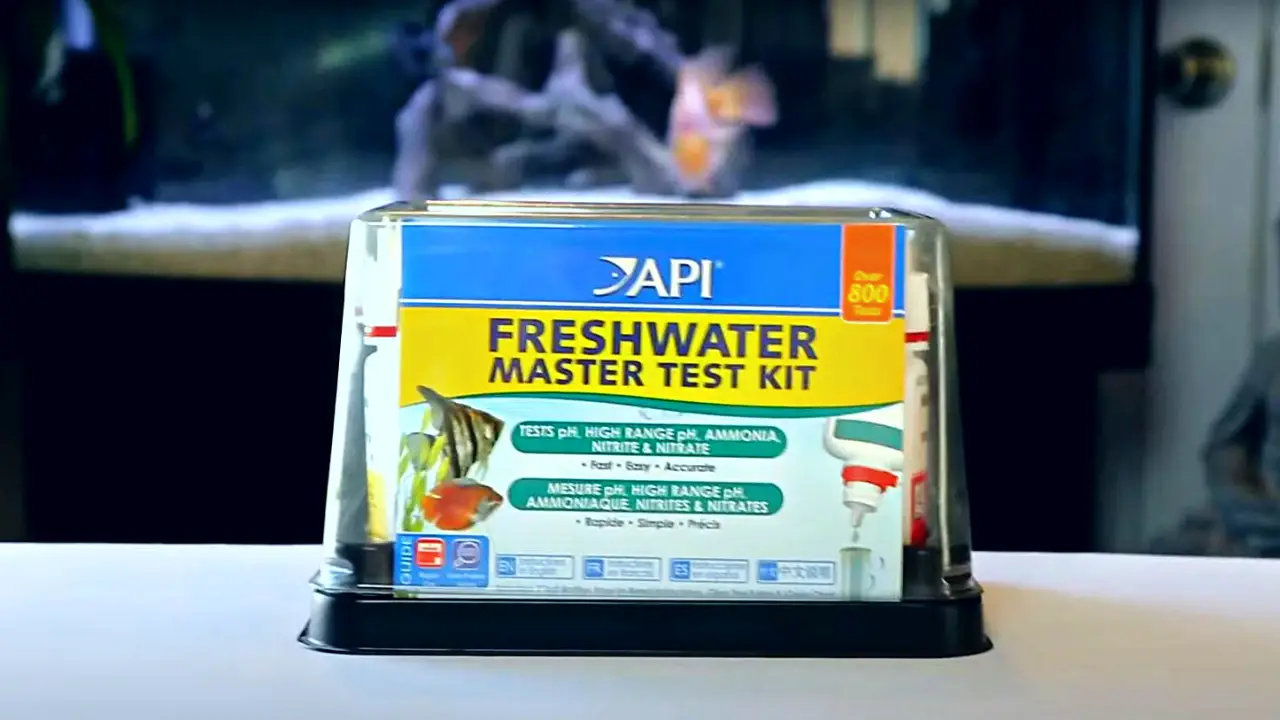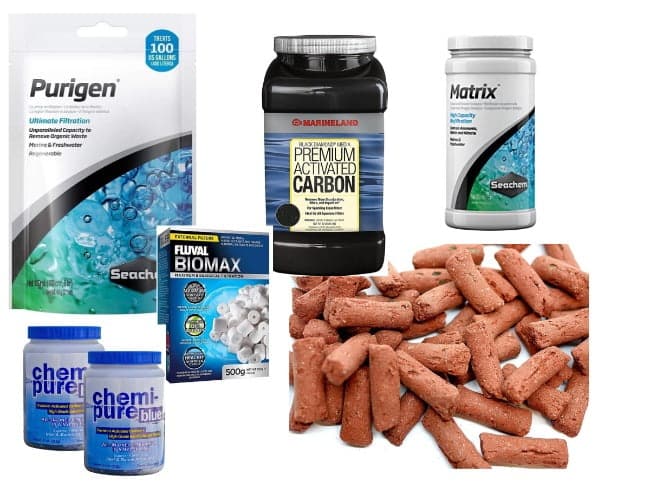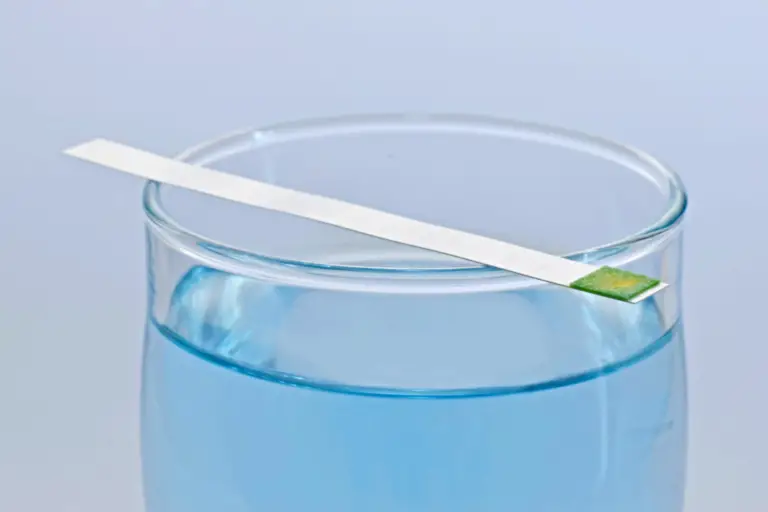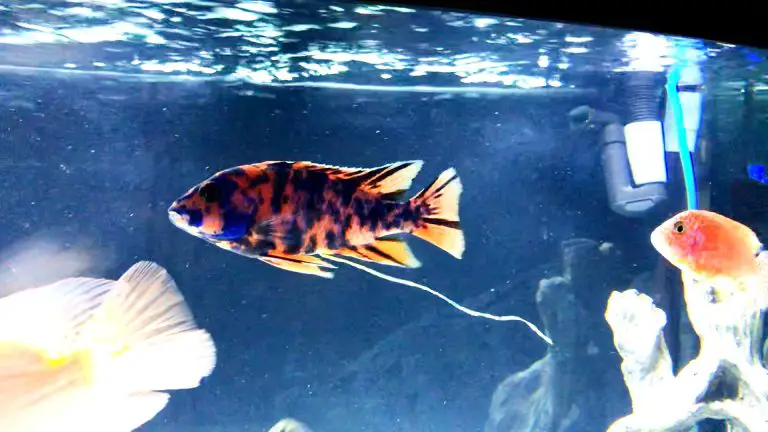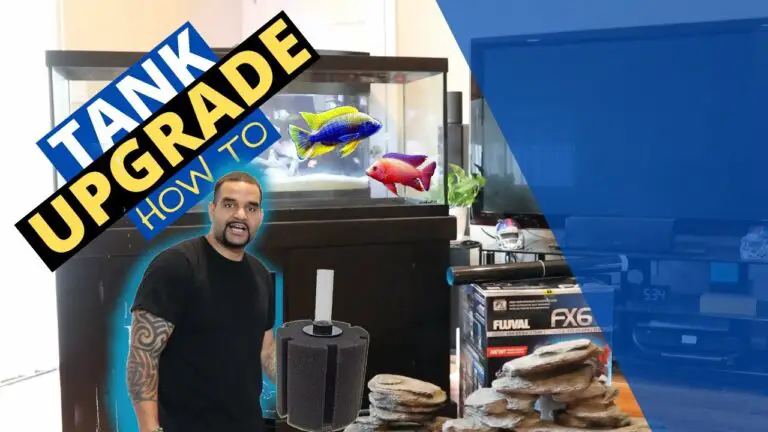API Freshwater Master Test Kit Instructions: Step-by-Step Guide
If you have an aquarium, you’ve probably already heard of API Freshwater Master Test Kits. These kits are the best way to determine your water’s quality.
In this article, we’ll go over the API Freshwater Master Test Kit Instructions.
Prevention is better than cure! It’s essential to regularly test your aquarium water so that you can find out if there’s something wrong with it before it becomes too late.
In this article, we’ll talk about the API Freshwater Master Test Kit and how to properly use it through a step-by-step guide so you can get accurate results. Before we get into the “how,” let’s dive into the “why.”
Why Should I Test My Aquarium Water?
Testing your aquarium water lets you know exactly what’s going on in there. Measuring your water chemistry regularly allows you to make informed decisions about how best to care for your fish.
When it comes down to it, the more information we have about what’s going on in our tanks, the better we are at keeping our fish happy and healthy. Moreover, understanding the nitrogen cycle is key to understanding your water parameters.
What If I Don’t Test My Aquarium Water?
If you don’t measure your water parameters on a weekly basis, or even longer, you, your tank, and your fish will run into some problems. Ammonia spikes, bacterial blooms, and dead fish are just a few examples of what can happen when your water health is not on your priority list.
Fixing these problems afterward can be a painstaking challenge that oftentimes is more expensive than investing in a water test kit every now and then. In addition, a big chunk of your time is needed to cure any diseases your tank and fish might have picked up due to unhealthy water parameters.
Ultimately, by regularly measuring your water’s “health,” you’ll save time, money, and your fish’s lives. Prevention is better than cure!
API Freshwater Master Test Kit Instructions
You can either follow along with us in this video below or go through our step-by-step guidelines on API Freshwater Master Test Kit Instructions below.
Step 1: Get Your Materials
API Freshwater Master Test Kit Instructions: Get all your materials ready for testing your water parameters (this is our longest list yet!):
The kit includes seven test solutions, an easy-to-read instruction manual, glass test tubes, and a color chart.
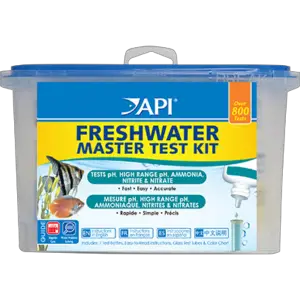
Step 2: Prepare the Kit
It’s important to make sure that all of the test tubes are clean and dry before using them otherwise you run the risk of inaccurate results. You should also have a place set up for setting them aside during the testing process.
Please note that each of the tubes should be viewed in a well-lit area against the white area of the charts.

Step 3: Ammonia Test
The very first thing you’ll want to do is check the ammonia levels. Why? Ammonia is highly toxic to fish as it can quickly lead to a fish’s death. So, we want zero ammonia in our tanks.
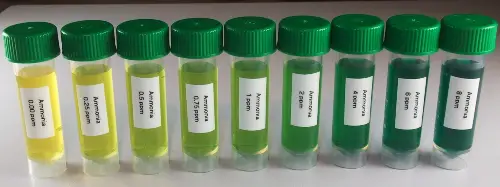
Note that the API Freshwater Master Test Kit reads the total ammonia level in parts per million (ppm).
Ammonia Test Directions
- Fill a clean test tube with 5 ml of water to be tested (to the line on the tube).
- Add 8 drops from Ammonia Test Solution #1, holding the dropper bottle upside down in a completely vertical position to assure uniformity of drops.
- Add 8 drops from Ammonia Test Solution #2, holding the dropper bottle upside down in a completely vertical position to assure uniformity of drops.
- Cap the test tube and shake vigorously for 5 seconds.
- Wait 5 minutes for the color to develop.
- Read the test results by comparing the color of the solution to the Ammonia Color Chart. The tube should be viewed in a well-lit area against the white area of the chart. The closest match indicates the ppm (mg/L) of ammonia in the water sample. Rinse the test tube with clean water after use.
High Ammonia Solution
To reduce the risk of fish loss, if ammonia levels continue to test high in your aquarium, it’s definitely time to perform a water change of 25% or more (we do 80% weekly water changes for our overstocked African cichlid tank) in order to fix your ammonia levels.
Step 4: Nitrite Test
Next up, we’re testing the nitrite levels in our tank. Why? Although nitrite is an essential part of the nitrogen cycle, it is still toxic to your fish in high amounts. Even trace amounts of nitrites can stress fish out and suppress their immune systems.
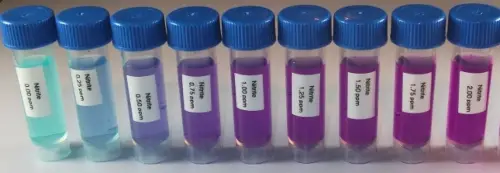
Note that the API Freshwater Master Test Kit reads the total nitrite (NO2) level in parts per million (ppm).
Nitrite Test Directions
- Fill a clean test tube with 5 ml of water to be tested (to the line on the tube).
- Add 5 drops of Nitrite Test Solution, holding the dropper bottle upside down in a completely vertical position to assure uniformity of drops.
- Cap the test tube and shake it for 5 seconds.
- Wait 5 minutes for the color to develop.
- Read the test results by comparing the color of the solution to the Nitrite Color Chart. The tube should be viewed in a well-lit area against the white area of the chart. The closest match indicates the ppm (mg/L) of nitrite in the water sample. Rinse the test tube with clean water after use.
What the Test Results Mean
In new aquariums, the nitrite level will gradually climb to 5 ppm (mg/L) or more. As the biological filter becomes established, nitrite levels will drop to 0 ppm (mg/L). In an established aquarium, the nitrite level should always remain at 0. Any level above 0 can harm fish. The presence of nitrite indicates possible over-feeding, too many fish, or inadequate biological filtration.
High Nitrite Solution
Again, performing a water change is the best solution to reduce nitrite levels in your tank.
Step 5: Nitrate Test
Now we need to test the nitrate levels. Why? High nitrate levels indicate a build-up of fish waste, resulting in poor water quality and increasing the likelihood of fish picking up diseases. Excessive nitrate also provides a nitrogen source that can stimulate algal blooms!
We also revealed a sneaky culprit to rising nitrate levels in a recent article.

Note that the API Freshwater Master Test Kit reads the total nitrate (NO3) level in parts per million (ppm).
Nitrate Test Directions
- Fill a clean test tube with 5 ml of water to be tested (to the line on the tube).
- Add 10 drops from Nitrate Test Solution #1, holding the dropper bottle upside down in a completely vertical position to assure uniformity of drops.
- Cap the test tube and shake the tube several times to mix the solution.
- Vigorously shake the Nitrate Test Solution #2 for at least 30 seconds. This step is extremely important to ensure the accuracy of test results.
- Now add 10 drops from Nitrate Test Solution #2, holding the dropper bottle upside down in a completely vertical position to assure uniformity of drops.
- Cap the test tube and shake vigorously for 1 minute. This step is extremely important to ensure the accuracy of test results.
- Wait 5 minutes for the color to develop.
- Read the test results by comparing the color of the solution to the Nitrate Color Chart. The tube should be viewed in a well-lit area against the white area of the card. The closest match indicates the ppm (mg/L) of nitrate in the water sample. Rinse the test tube with clean water after use.
What the Test Results Mean
In new aquariums, the nitrate level will gradually climb as the biological filter becomes established. A nitrate level of 40 ppm (mg/L) or less is recommended for freshwater aquariums.
High Nitrate Solution
Performing partial water changes can also help reduce nitrate, especially if the level is very high. However, because many tap water supplies contain nitrate, it can be difficult to lower nitrate levels by this method.
We’ve also tested whether or not Seachem Matrix can reduce nitrate levels in your tank in another article.
Step 6: pH- or High-Range pH Test
pH Test
Last but not least, we need to measure our aquarium’s pH levels. Why? Maintaining an aquarium with proper pH levels ensures optimal water quality.
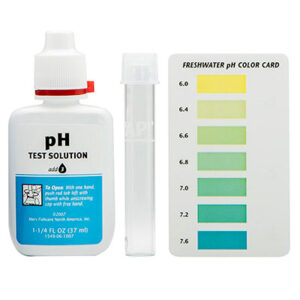
Note that the minimum pH reading for the API Freshwater Master Test Kit is 6.0 and the maximum is 7.6. Under extreme water conditions, readings below the minimum will read 6.0, and above the maximum will read 7.6.
pH Test Directions
- Fill a clean test tube with 5 ml of water to be tested (to the line on the tube).
- Add 3 drops of pH Test Solution, holding the dropper bottle upside down in a completely vertical position to assure uniformity of drops.
- Cap the test tube and shake the tube several times to mix the solution.
- Read the test results by comparing the color of the solution to the pH Color Chart. The closest match indicates the pH of the water sample.
Recommended pH levels
A pH of 7.0 is ideal when keeping a community aquarium containing a variety of tropical fish. That said, research is king in this department as each fish has their own recommended pH levels.
Learn to raise pH levels effectively in various simple methods in a different article.
High-Range pH Test
Please note that if you keep livebearers, goldfish, African Cichlids or marine fish and invertebrates use the high-range pH test (mentioned below).

Note that the minimum pH reading for the API Freshwater Master Test Kit is 7.4 and the maximum is 8.8. Under extreme water conditions, readings below the minimum will read 7.4, and above the maximum will read 8.8.
High-Range pH Test Directions
- Fill a clean test tube with 5 ml of water to be tested (to the line on the tube).
- Add 5 drops of High Range pH Test Solution, holding the dropper bottle upside down in a completely vertical position to assure uniformity of drops.
- Cap the test tube and shake the tube several times to mix the solution.
- Read the test results by comparing the color of the solution to the High Range pH Color Chart. The tube should be viewed in a well-lit area against the white area of the chart. The closest match indicates the pH of the water sample. Rinse the test tube with clean water after use.
Recommended High-Range pH levels
Again, research is king in this department as each fish has their own recommended pH levels.
Get Crystal Clear Aquarium Water
Well done! You’ve successfully tested your aquarium’s water with the API Freshwater Master Test Kit. What’s next? To complement your “healthy” water, why not get it (and keep it) crystal clear?
If you want to learn more about how to maintain a crystal clear aquarium, then click on the image below to learn more.

-
API Freshwater Master Test Kit Instructions: Step-by-Step Guide
If you have an aquarium, you’ve probably already heard of API Freshwater Master Test Kits. But do you know how to measure your water parameters effectively to ensure accurate results?

